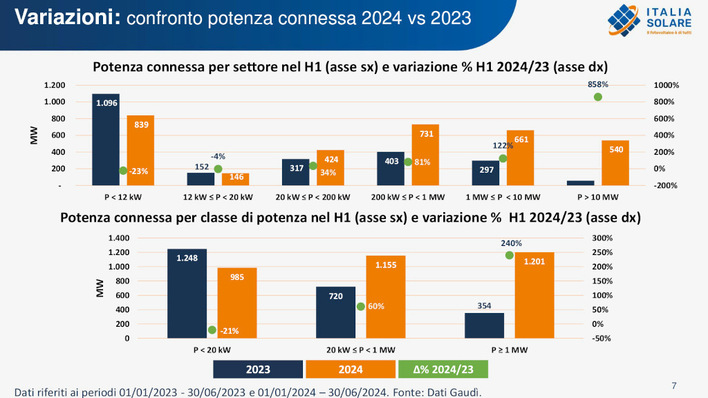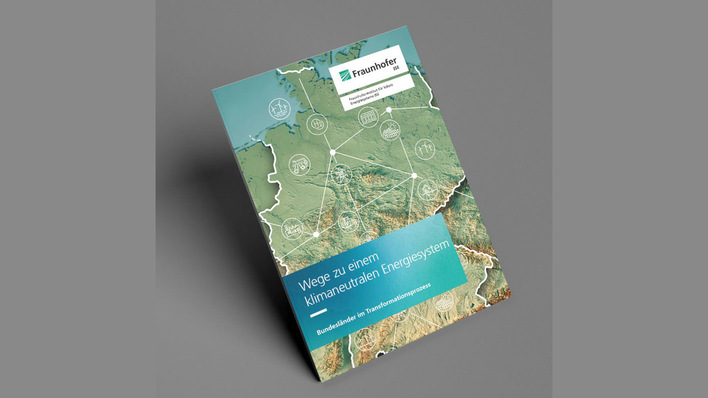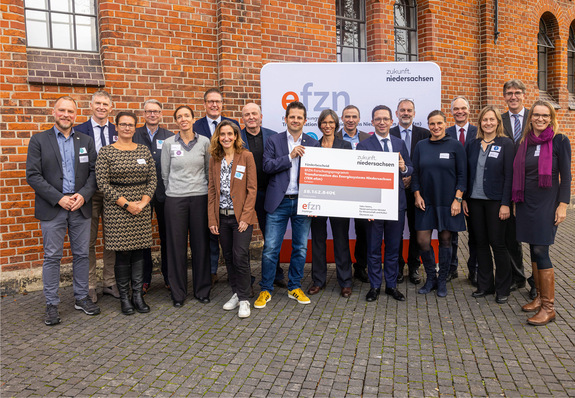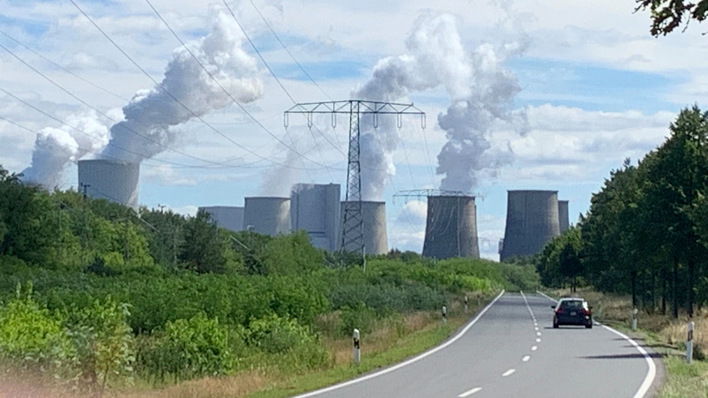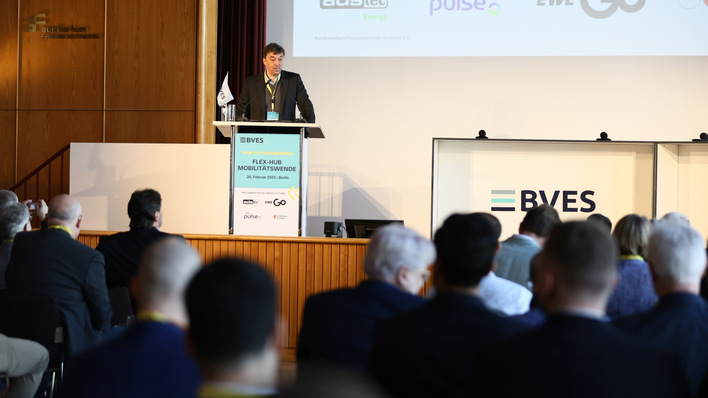The wind farms are located in Lower Saxony (Osterode), Hessen (Diemelsee I and II), and Rheinland-Palatinate (Winterspelt I, II and Zettingen).
This move by Gamesa does not appear to be a retreat from the development and ownership of wind capacity in Germany as it is currently working on 500 MW of capacity in that country. Still, Gamesa may be trying to reduce its exposure to uncertainties regarding the renewable energy laws in Germany as their future trajectory is decided by German federal courts and the Bundesrat.
The business strategies of IKEA, the buyer, are more interesting from a number of perspectives. IKEA has been attempting to reduce the net carbon footprint of its worldwide operations through various initiatives. IKEA has been selling energy-efficient houses using the energy efficiency standard of Germany’s publicly owned KfW Bank. In Italy, IKEA has been offering battery re-charge stations for electric vehicles and in Austria, IKEA has also engaged in a number of “green” initiatives. In France, IKEA offers an online platform for its customers to carpool. It is not clear the degree to which IKEA is investing now in wind turbines to green its image or as a profit-making business proposition.

